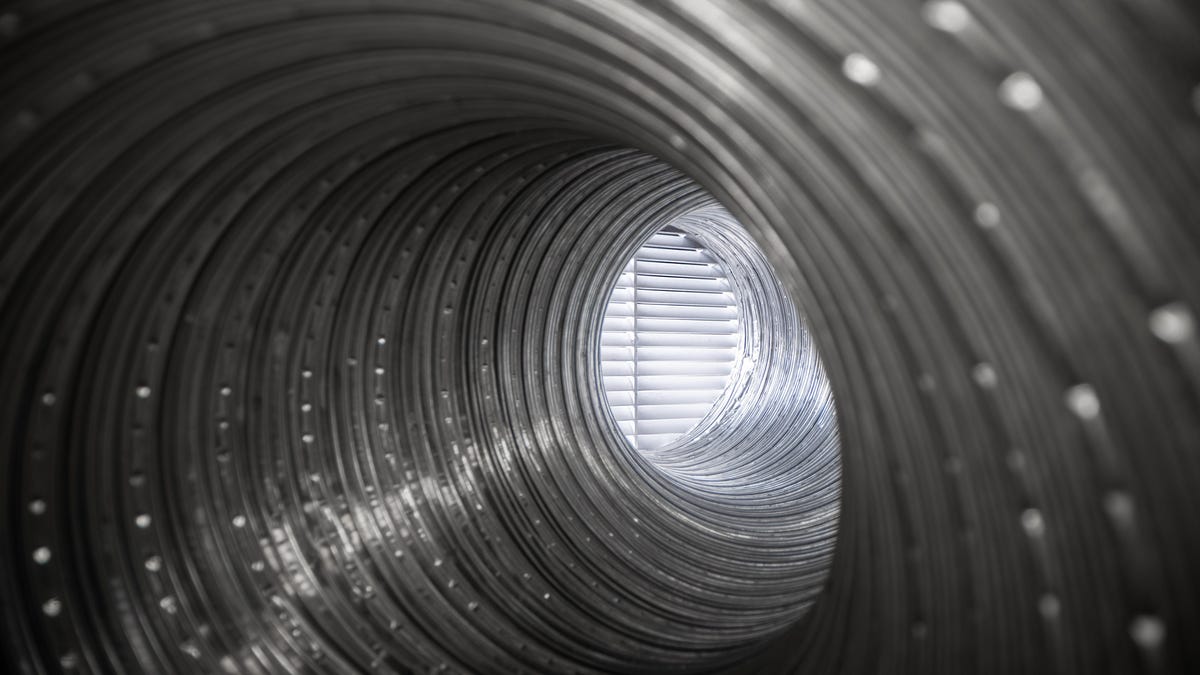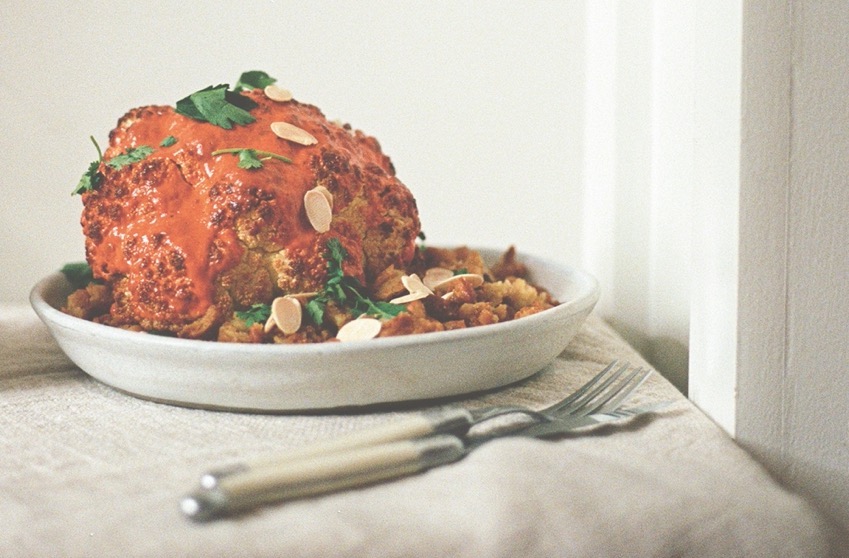When to Clean Your Air Ducts, According to the EPA
If you’re putting together an end-of-summer home maintenance checklist, you’ve probably taken your home’s HVAC system into consideration. Changing filters and performing an inspection at least once a year is always a good idea to keep everything running smoothly....

If you’re putting together an end-of-summer home maintenance checklist, you’ve probably taken your home’s HVAC system into consideration. Changing filters and performing an inspection at least once a year is always a good idea to keep everything running smoothly. While cleaning the gratings on your vents can help prevent dust buildup, the ducts themselves don’t need to be cleaned annually. There are no provable health benefits to cleaning your air ducts, according to the EPA. While there’s no harm in having your air ducts properly cleaned, if you don’t have any issues with your ducts, you can check that task right off your list.
Test for mold before you do a full cleaning
Although there are some instances in which air ducts need to be cleaned—like in the case of mold growing inside—most of the time, this type of cleaning is superfluous. If you don’t know whether something is mold or not, you should get a sample of your suspected mold and send it to be tested for confirmation. Testing from a lab costs about $50 as opposed to a duct cleaning, which can run into the thousands depending on your system. Since testing is the only way to know for sure if there’s any mold in your air ducts, you should be suspicious of any contractor that looks at your vent and tells you there’s mold in it.
Clean your vents if they’re clogged
If there is visible blockage of your air ducts or if there are particles or dust coming from the vent when your HVAC system is running, that’s definitely cause for concern and a good reason to clean your ducts. However, if you don’t address the underlying issue causing a buildup of material in the ducts, you’ll likely have an ongoing problem that can’t be solved by cleaning alone.
Check for an infestation
Another possible reason to have your home air ducts cleaned is if there are rodents present. Because mice, rats, and squirrels can leave behind potentially dangerous germs in their droppings, if you suspect that you have an infestation, calling in a professional to clean your air ducts is a good idea.
Check the insulation
If you’re considering having your air ducts cleaned because of a noticeable odor, you should also inspect any insulation on the ducts. If the insulation becomes damp, it can cause odors and even mold to form. Addressing the issue with the insulation should take care of the odor, although there’s no harm in cleaning your air ducts as well.
Don’t apply cleaning agents liberally
While cleaning ducts isn’t shown to have any benefit to your health, there are some cleaning practices that can actually be harmful. Since there are currently no approved cleaning agents for cleaning the inside of HVAC vents, there’s also no way to know the possible health effects of breathing any cleaning agent that’s introduced to your indoor air. In specific circumstances where mold growth is observably present, or in a case where rodent droppings have been found, biocides can be used, but they shouldn’t be applied to your air vents in general.
Seal off your vents to prevent issues
The best way to keep your ducts clean is to keep moisture and particulates out as much as possible. Making sure that your ducts are properly sealed and that all of your humidifier and dehumidifier equipment is working properly to keep condensation from forming on the inside of your ducts will help keep them dry. Checking and changing your air filters and using the highest efficiency filter your system can use will help keep particles out of your vents.
When doing renovation or even deep cleaning, you might kick up extra dust that can get sucked in through your returns and air intakes. Make sure to shut off your system and seal off vents for any dusty activities. Vacuum with a HEPA-filtered appliance to make sure as much of the dust is cleaned up as possible before uncovering vents and turning your system back on.

 Astrong
Astrong 
































